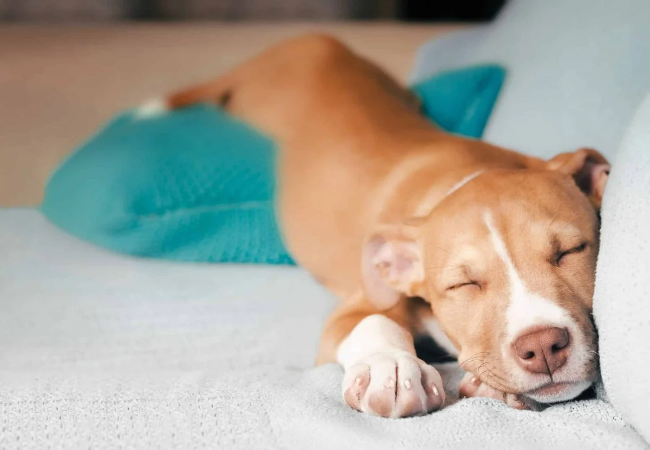Dog Sleeping Positions 2025: Vet Approved Guide & What Your Pup’s Snooze Style Reveals 🐶💤

In this article
Dog Sleeping Positions 2025: Vet Approved Guide & What Your Pup’s Snooze Style Reveals 🐶💤
By Dr. Duncan Houston BVSc
Hello—I'm Dr Duncan Houston BVSc, veterinarian and Ask A Vet founder. The way your dog sleeps isn’t just adorable—it offers clues about how they feel. Here's a vet‑approved breakdown of key positions, why they matter, and how Ask A Vet helps monitor sleep habits:
1. Side Sleeper (Legs Outstretched)
- Indicates deep sleep, comfort, and trust—exposes belly.
- Common on warm surfaces to stay cool.
2. Lion’s Pose (Chin on Paws)
- Light-sleeping, ready to spring—signifies alertness and loyalty.
3. Superman/Sploot (Belly to Floor, Legs Splayed)
- Rest position for quick readiness—often seen in energetic or young dogs.
- Cooler belly on cool floors helps body temperature management.
4. Curled Up/Donut (Nose to Tail)
- Protective and warm; often used in colder conditions or by anxious dogs.
5. Belly-Up (On the Back, Paws in the Air)
- Full trust and relaxation—very vulnerable but secure.
- Temperature regulation: exposes thin fur areas to cool air.
- Decreased in senior dogs due to arthritis—not always negative.
6. The Burrower (Under Covers or Cushions)
- Seeking warmth, comfort, or a safe den-like feel—common in anxious or security-seeking dogs.
7. Back-to-Back or Cuddled
- Indicates closeness, bonding, and sense of security from a companion.
🔍 8. Head & Neck Raised
- Resting but alert—a sign of vigilance, or possibly breathing issues if frequent.
- Watch for noisy breathing or fatigue—seek vet advice if seen regularly.
📌 Interpreting Sleep Behavior
- Movement notes: twitching, dreaming, circling are normal.
- Sleep duration averages 10–14 hrs/day—puppies & seniors may sleep longer.
- Circling before sleeping is instinctual (nesting behavior)—normal unless excessive.
Ask A Vet Sleep Monitoring Tools
- Log sleep position, duration, and environment (e.g., temperature).
- Track changes over time—loss of belly-up sleep may signal joint pain.
- Alerts for breathing concerns or abnormal circling behaviors.
- Add vet appointment reminders if behavioral or sleep pattern shifts arise.
📌 Final Thoughts from a Vet
Your pup’s sleep poses—whether they’re sprawled out, curled up, or burrowed—tell you a story: comfort, trust, mood, or physical condition. Recognizing these helps you support their well-being. With Ask A Vet tools, you can monitor patterns, spot early issues, and maintain your dog’s happy, healthy sleep life. 🧘♂️🐾






